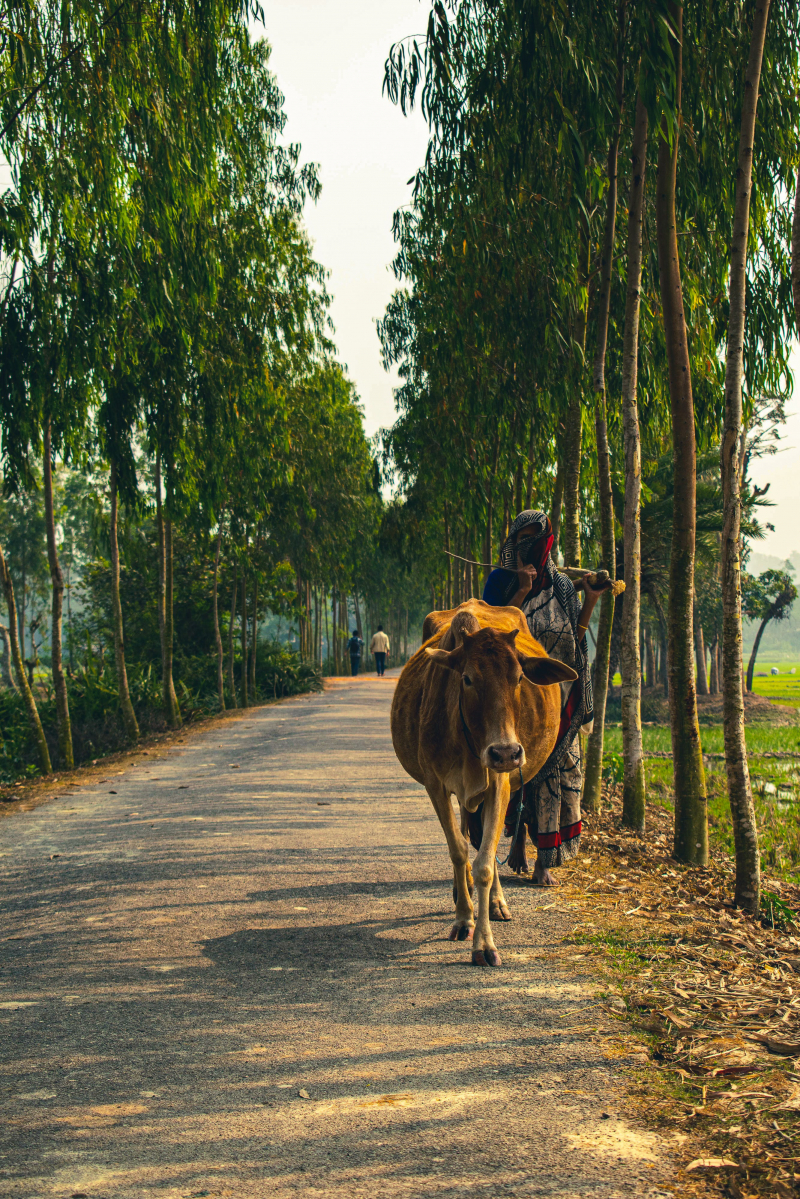Zebu
In the realm of common animals that start with the letter "Z," the zebu, scientifically known as Bos primigenius indicus, emerges as a unique and resilient species of cattle with a rich cultural history and widespread distribution in various parts of the world. Also referred to as humped cattle, zebus are distinct from their non-humped counterparts, such as European cattle, due to the presence of a prominent hump on their shoulders.
Originating from South Asia, zebus have played an integral role in the agrarian societies of India and surrounding regions for centuries. Their adaptation to diverse climates, including hot and humid environments, has contributed to their prevalence in tropical countries. Zebus have also been introduced to other continents, including Africa, South America, and parts of North America, where they continue to thrive in various agricultural settings.
The most notable physical characteristic of the zebu is the hump on its shoulders, which consists of a fatty deposit supported by the vertebrae. This hump serves as an adaptive feature, providing a reservoir of energy during periods of scarcity and aiding in thermoregulation in hot climates. Their unique hump is complemented by a dewlap, a loose fold of skin under the neck, which further assists in heat dissipation.
Zebus come in a variety of colors, including shades of gray, brown, and white. Their compact and sturdy build, along with a distinctive hump, sets them apart from other cattle breeds. Additionally, zebus often possess long, upward-curving horns that add to their distinctive appearance.
Beyond their physical characteristics, zebus hold cultural and economic significance in many societies. They are revered in Hinduism, with the Brahman breed, a specific type of zebu, considered sacred. Zebus are utilized in agriculture for various purposes, including plowing fields, providing milk and meat, and serving as symbols of wealth and prosperity in certain cultural traditions.
Zebus are well-suited to harsh and challenging environments, displaying resilience in the face of limited resources. Their ability to thrive in hot climates and withstand periods of drought makes them valuable assets in regions where other cattle breeds might struggle.
In addition to their role in agriculture, zebus are also part of cultural festivities, religious ceremonies, and traditional practices in many communities. Their symbolism extends beyond the practical aspects of farming to embody qualities such as strength, endurance, and sacredness.
















